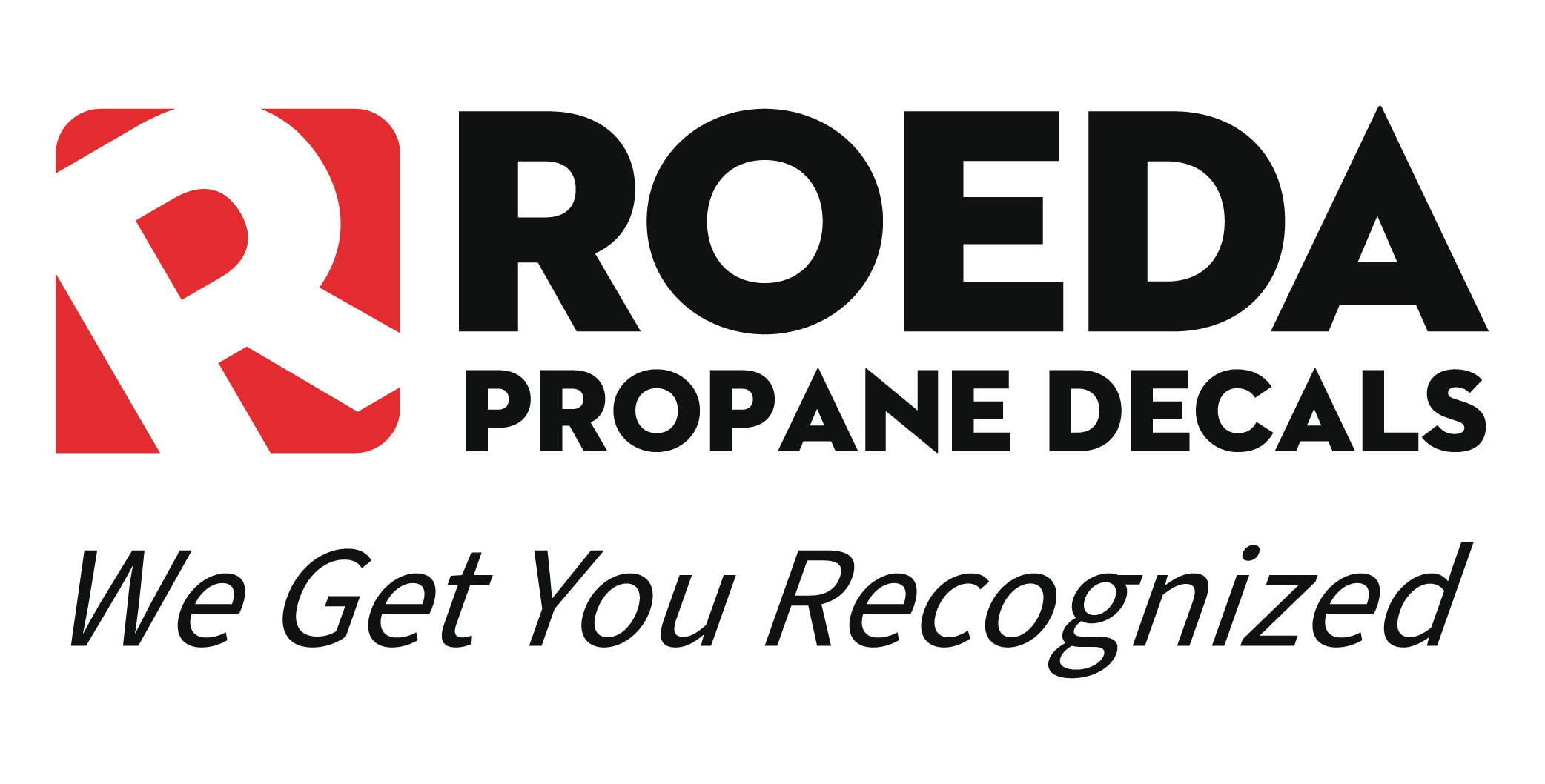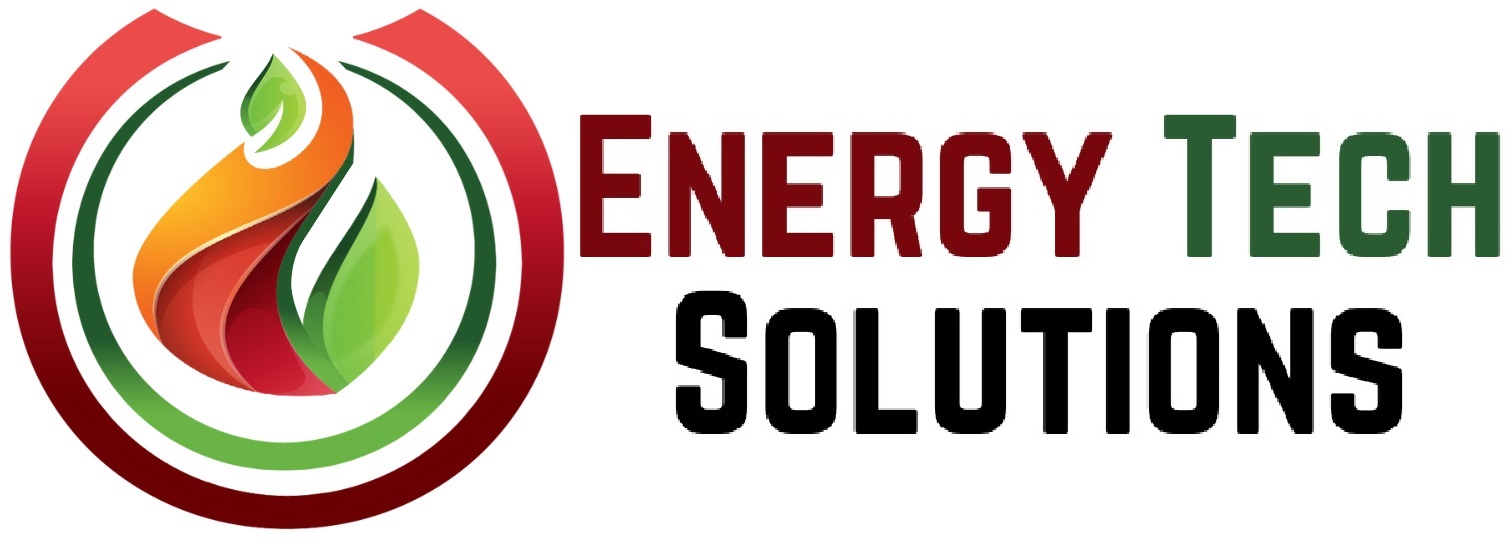Propane Market Growth: Key Drivers and Trends

The propane market continues to play a key role in the global energy mix, driven by its widespread use across various residential, commercial, and industrial sectors. Propane, or liquefied petroleum gas (LPG), is a versatile hydrocarbon that can be easily stored and transported. Its efficiency and lower carbon emissions make it an attractive option for those seeking cleaner energy solutions. This article will dive into the key drivers, trends, and challenges shaping the propane market, offering valuable insights for propane business owners.
Market Overview
The propane market is on a steady growth path, with increasing demand from multiple sectors. In 2023, the market size was estimated at $200.33 billion, and it’s projected to grow to $310 billion by 2032. This growth will be fueled by residential and commercial heating needs, off-grid electricity generation, and propane’s role in the petrochemical industry. The sector is expected to grow at an annual rate of around 4.97% from 2025 to 2032, with propane businesses in both urban and rural areas poised to benefit.
Key Growth Drivers
Rising Residential and Commercial Use
Propane is commonly used for heating, cooking, and powering appliances, particularly in rural areas with limited natural gas infrastructure. As global populations rise and energy demands increase, more households and businesses turn to propane. Propane’s reliability and affordability, especially in colder climates or regions with limited energy options, make it a key player in meeting growing energy needs.
Expansion of the Petrochemical Industry
The petrochemical industry heavily relies on propane as a feedstock for producing essential chemicals like propylene and ethylene. These chemicals are used to manufacture plastics, synthetic fibers, and other materials critical to industries such as automotive, construction, and packaging. As these industries grow, the demand for propane will continue to rise, providing new opportunities for propane distribution and supply businesses.
Cleaner Alternative to Traditional Fuels
Compared to fuels like coal and diesel, propane emits fewer pollutants and greenhouse gases, making it a cleaner option for both residential and industrial users. As governments push for lower-carbon energy solutions, propane’s role as an environmentally friendly fuel becomes more important. Its use in off-grid electricity generation and backup power systems highlights its flexibility and appeal for those seeking to reduce their carbon footprint.
Increasing Use in Transportation
Propane is also gaining traction in the transportation sector, especially in the form of autogas – propane used as vehicle fuel. The United States, Canada, and several European nations are adopting propane-powered vehicles due to the fuel’s cost-effectiveness and lower emissions. Governments offering incentives for propane-fueled vehicles are further supporting this trend, creating new markets for propane suppliers.
Emerging Trends
Adoption in Remote Power Generation
Propane’s portability makes it ideal for off-grid power generation, especially in areas without reliable access to electricity. Developing countries are increasingly turning to propane-fueled generators to meet energy needs in remote locations, which presents a significant growth opportunity for propane businesses catering to these regions.
Advances in Storage and Distribution
Technological improvements in propane storage and transportation are enhancing the efficiency and safety of propane supply chains. Better storage tanks and distribution vehicles help reduce risks and operational costs, making propane even more attractive to businesses and consumers.
Growth of Renewable Propane
The development of renewable propane, produced from organic waste and biomass, is gaining attention, as the world moves towards more sustainable energy sources. While still in its early stages, renewable propane could provide businesses with a way to meet the rising demand for low-carbon energy options while continuing to offer the benefits of traditional propane.
Challenges and Opportunities
The propane market isn’t without its hurdles. Price volatility, closely linked to the fluctuations in crude oil and natural gas prices, can pose business challenges. Additionally, some regions’ regulatory restrictions on propane storage, transportation, and emissions can create barriers to growth. Competition from other clean energy sources like natural gas and renewable electricity also poses a challenge. However, these challenges come with growth opportunities. By investing in propane infrastructure and exploring renewable propane options, businesses can position themselves to meet the increasing demand for sustainable energy solutions.
What This Means for Propane Businesses
Understanding these trends and market drivers is crucial for businesses in the propane industry to stay competitive. The growing demand for propane in residential, commercial, and industrial applications presents numerous growth opportunities. Propane businesses can expand their offerings and tap into new markets by investing in advanced storage and distribution technologies and exploring the potential of renewable propane.
Additionally, staying ahead of the competition in off-grid power generation and transportation sectors can open up new revenue streams. With global interest in cleaner energy sources continuing to rise, propane businesses prioritizing innovation and sustainability will be well-positioned to thrive in the years ahead.














